Aldehyde and ketones may be prepared by reductive cleavage of carbon-carbon double bonds. A particularly useful reagent for this purpose is ozone under reductive condition in the formation of carbonyl compounds.
 products
products
Which of the following products is not formed in above reaction.
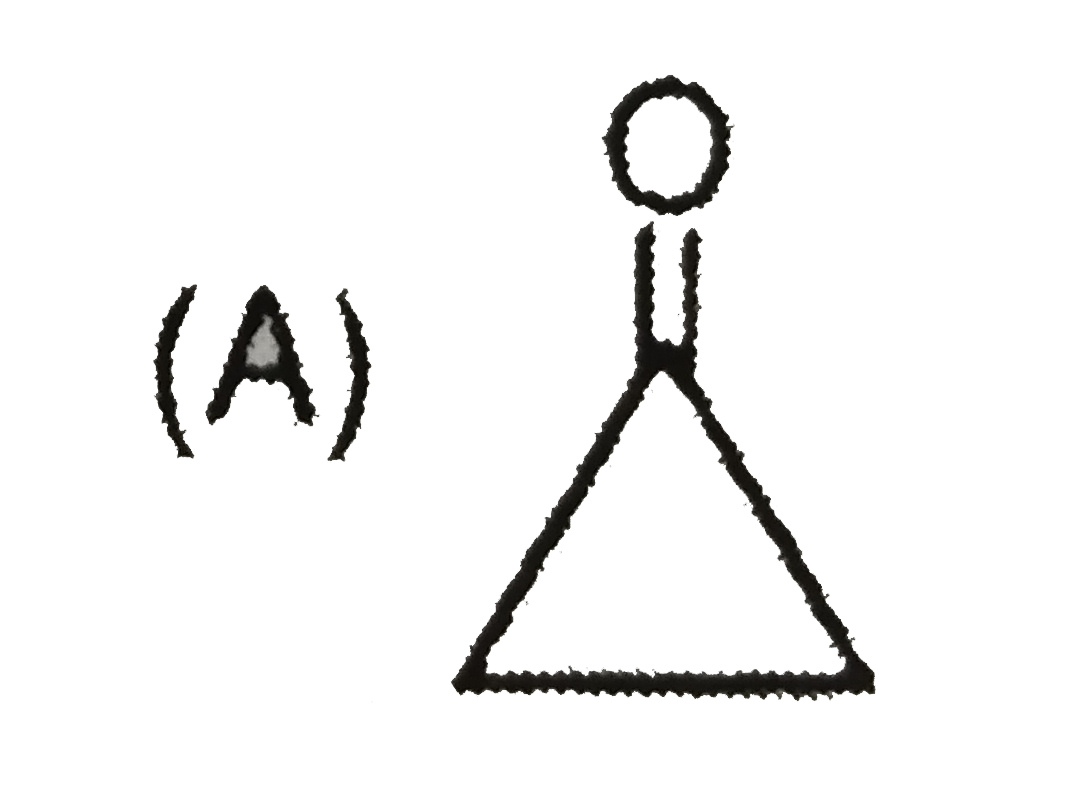
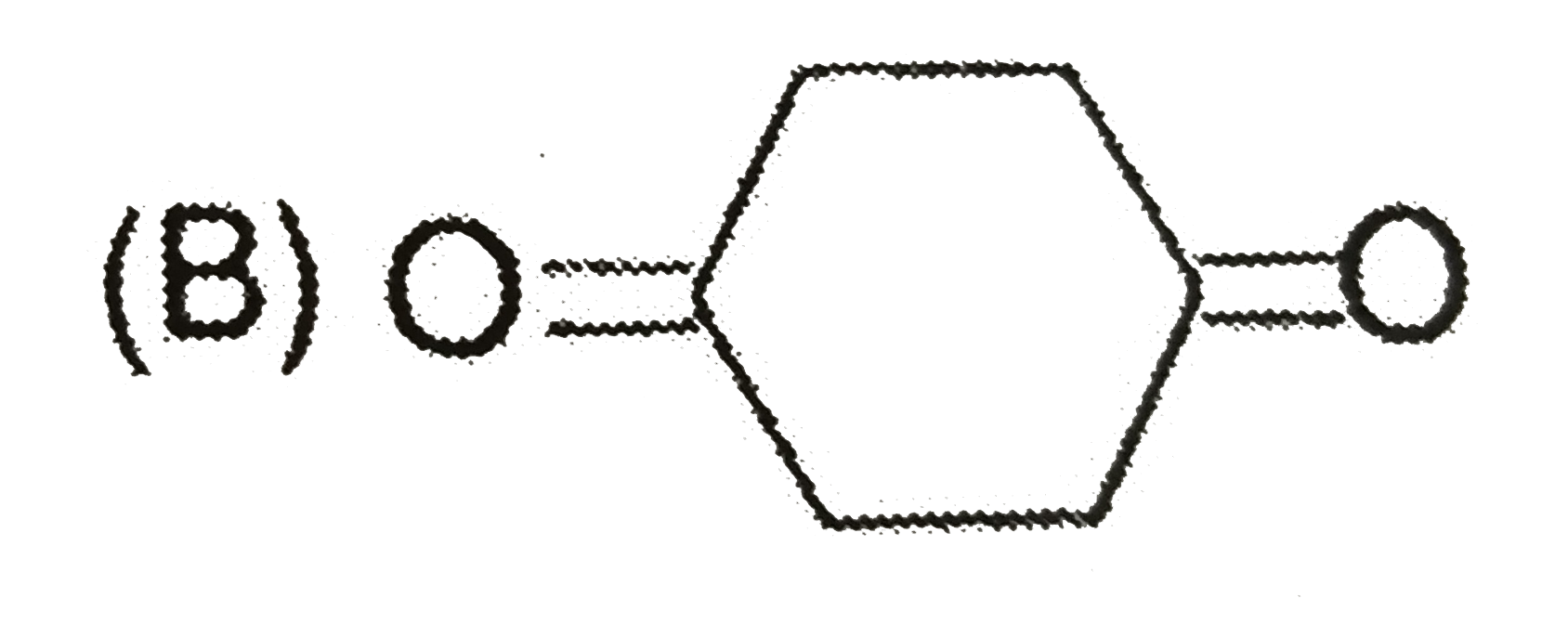
H−C∣∣O−H
CH3−C∣∣O−H
The correct Answer is:D
Topper's Solved these Questions
- STRUCTURAL IDENTIFICATION & PRACTICAL ORGANIC CHEMISTRYBOOK - RESONANCE ENGLISHCHAPTER - STRUCTURAL IDENTIFICATION & PRACTICAL ORGANIC CHEMISTRYEXERCISE - Additional theory
4 Videos
- STRUCTURAL IDENTIFICATION & PRACTICAL ORGANIC CHEMISTRYBOOK - RESONANCE ENGLISHCHAPTER - STRUCTURAL IDENTIFICATION & PRACTICAL ORGANIC CHEMISTRYEXERCISE - Additional Exercise
15 Videos
- STRUCTURAL IDENTIFICATION & PRACTICAL ORGANIC CHEMISTRYBOOK - RESONANCE ENGLISHCHAPTER - STRUCTURAL IDENTIFICATION & PRACTICAL ORGANIC CHEMISTRYEXERCISE - APSP
30 Videos
- SOLID STATEBOOK - RESONANCE ENGLISHCHAPTER - SOLID STATEEXERCISE - Part- IV
21 Videos
- THERMODYNAMIC & THERMOCHEMISTRYBOOK - RESONANCE ENGLISHCHAPTER - THERMODYNAMIC & THERMOCHEMISTRYEXERCISE - INORGANIC CHEMISTRY(P-Block Elements)
26 Videos
Similar Questions
Knowledge Check
1,2-diols are oxidized to ketones or aldehydes by periodic acid HIO4. Periodic acid reacts with diol to form a cyclic intermediate. The reaction takes place because iodine is in a highly positive oxidation state, so it readily accepts electrons. When the intermediate breaks down, the bond between the two carbons bonded to the OH groups break.

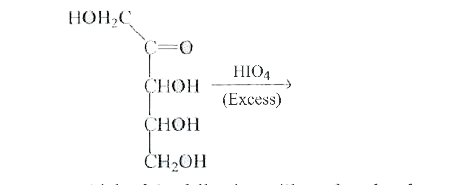
Which of the following will not from by above reaction?AH−O∣∣C−HBCH3OHCCO2DH−O∣∣C−OH1,2-diols are oxidized to ketones or aldehydes by periodic acid HIO4. Periodic acid reacts with diol to form a cyclic intermediate. The reaction takes place because iodine is in a highly positive oxidation state, so it readily accepts electrons. When the intermediate breaks down, the bond between the two carbons bonded to the OH groups break.

Which of the following compounds will not react with HIO4?A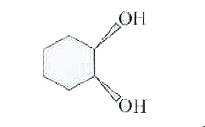 B
B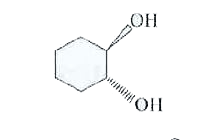 C
C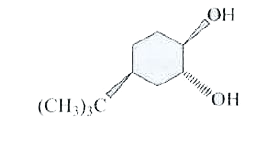 D
D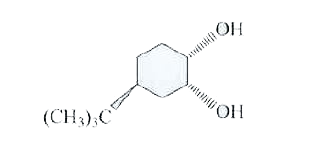
R−X+MgEther,Δ−−−−−→δ−R−δ+Mg−X
Grignard reagents may be prepared from 1∘,2∘ and 3∘ halides as well as from vinyl and aryl halide. Vicinal dihalide and those halide which contain acidic tail do not form Grignard reagent.
Which of the following compounds can form Grignard reagent on reaction with Mg/Ether?AC∣BrH2−C∣BrH2B C
C D
D
Aldehyde and ketones are specially susceptible susceptible to nucleophile addition because carbonyl group
_E01_578_Q01.png) (due to electronegatvity different between carbon and oxygen).
(due to electronegatvity different between carbon and oxygen).
_E01_578_Q02.png)
Positive charge on carbon makes it reactive towards the nucleophile. This addition is catalysed by acid. Reactivity of carbonyl compound towards nucleophilic addition increases in the electron deficience at carbonyl carbon. Thus, (-I.E.) group increase while (+I.E.) groups decrease the reactivity of carbonyl compound
Which of the following is most reactve to give nucleophilic addition?
View SolutionThe following flow diagram represents the industrial preparation of nitric acid from ammonia.

Which of the following options describes the reagents, products and reaction condition ?
View SolutionOxidation of ketones involves carbon-carbon bond cleavage. Name the products formed on oxidation of 2, 5-dimethylhexan-3-one.
View SolutionAldehydes and ketones are amphoteric. Thus they can act both as acids and bases. Under acidic conditions, the carbon of the protonated canbonyl group is much more electrophilic, reacting even with weak nucleopphilie. Carbonyl compound gives nucleophilic addition reaction. In this reaction the nucleophilic attack proceeds the elecrophilic attack.
Carbonyl compounds gives nucleophilic addition with
View SolutionAldehydes and ketones are amphoteric. Thus they can act both as acids and bases. Under acidic conditions, the carbon of the protonated canbonyl group is much more electrophilic, reacting even with weak nucleopphilie. Carbonyl compound gives nucleophilic addition reaction. In this reaction the nucleophilic attack proceeds the elecrophilic attack.
Which of these statements are correct?
View Solution
